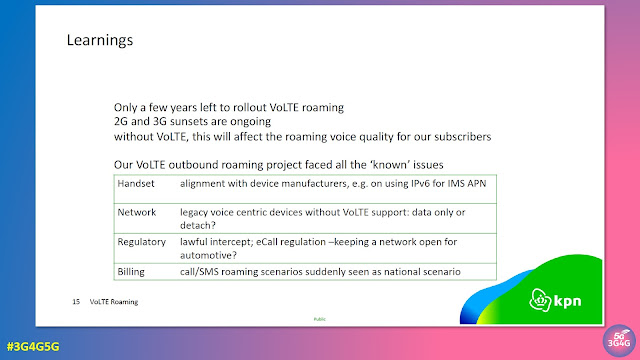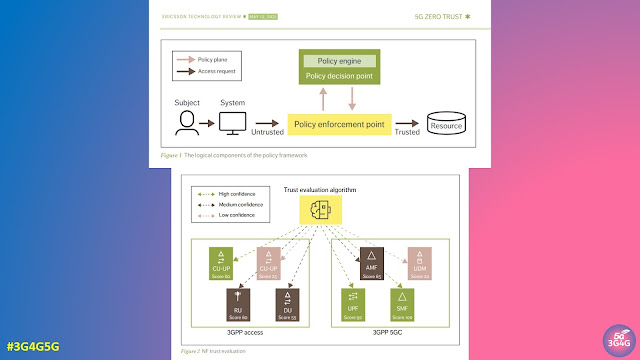Drones, technically Unmanned Aerial Vehicles/Systems or UAVs/UASs, have been a subject of interest for a very long time due to the wide variety of use cases they can offer. In the recent issue of 3GPP Highlights newsletter, Lena Chaponniere, 3GPP Working Group CT1 Vice-Chair has written an article about TSG CT work on UAS Connectivity, Identification and Tracking. Interestingly, the 3GPP abbreviation for UAS is slightly different, Uncrewed Aerial Systems.
Quoting from the newsletter:
One of the defining drivers of 5G is the expansion beyond traditional mobile broadband to provide solutions meeting the needs of vertical industries.
A very good example of 3GPP rising up to this challenge is the work done in Release 17 to use cellular connectivity to support Uncrewed Aerial Systems (UAS), thereby enabling this vertical to benefit from the ubiquitous coverage, high reliability, QoS, robust security, and seamless mobility provided by the 3GPP system.
A key component of this work took place in CT Working Groups, which under the leadership of Sunghoon Kim (CT Work Item rapporteur) and Waqar Zia (rapporteur of new specifications TS 29.255 and TS 29.256) developed the necessary protocols and APIs to meet the service requirements specified in 3GPP SA1 and the architectural enhancements specified in 3GPP SA2, as part of the Release 17 Work Item on ‘ID_UAS’.
The key functions of the 3GPP architecture for ID_UAS are depicted in the following figure:
The work in CT Working Groups focused on specifying support for the following features:
UAV remote identification: The CAA (Civil Aviation Administration)-Level UAV ID was introduced in the 3GPP system. It is a globally unique, electronically and physically readable, and tamper resistant identification which allows the receiving entity to address the correct USS for retrieval of UAV information and can be assigned solely by the USS, via means outside the scope of 3GPP, or assigned by the USS with assistance from 3GPP system, whereby the USS delegates the role of “resolver” of the CAA-Level UAV ID to the UAS NF.
AV USS authentication and authorization (UUAA): The first step for the owner of the UAV is to register the UAV with the USS, via a procedure outside the scope of 3GPP, which can take place offline or using internet connectivity. During this procedure, the CAA-level UAV ID is configured in the UAV and the aviationlevel information (e.g. UAV serial number, pilot information, UAS operator, etc.) is provided to the USS.
The UE at the UAV then registers with the 3GPP system by using existing procedures for 3GPP primary authentication, with the MNO credentials stored in the USIM.
After successful authentication of the UE, the UUAA procedure is performed, to enable the 3GPP Core Network to verify that the UAV has successfully registered with the USS. In 5GS, this procedure can take place during the 3GPP registration, or during the establishment of a PDU session for UAS services.
For the former, CT1 extended the registration procedure in TS 24.501 to enable the UE to indicate its CAA-Level UAV ID into a new container (Service-level-AA container) included in the Registration Request message, which triggers the AMF to initiate UUAA with the USS by invoking the Nnef_Authentication service toward the UAS NF, as specified by CT4 in new specification TS 29.256, and the UAS NF to invoke the Naf_Authentication service toward the USS, as specified by CT3 in new specification TS 29.255.
For the latter, CT1 extended the PDU session establishment procedure in TS 24.501 to enable the UE to indicate its CAA-Level UAV ID via the Service-level-AA container included in the PDU Session Establishment Request message, which triggers the SMF to initiate UUAA with the USS via the UAS NF by invoking the services mentioned above. In order to enable exchanging the authentication messages between the UE and the USS, CT1 specified a new Session Management procedure in TS 24.501, in which the SMF sends a Service-level Authentication Command to the UE in a Downlink NAS Transport message. The UE replies to this command with a Service-level Authentication Complete carried in an Uplink NAS Transport message. In EPS, the UUAA procedure takes place during PDN connection establishment, and the information exchanged to that end between the UAV and the PGW is carried in the Service-level-AA container included in the ePCO
C2 communication over cellular connectivity: C2 communication over cellular connectivity consists of the UAV establishing a user plane connection to receive C2 messages from a UAVC, or to report telemetry data to a UAVC. Authorization for C2 communication by the USS is required and includes authorization for pairing of the UAV with a UAVC, as well as flight authorization for the UAV.
C2 communication authorization may be performed:
- during the UUAA procedure (if UUAA is carried out at PDU session/PDN connection establishment) when the UAV requests establishment of a PDU Session/PDN connection for both UAS services and C2 communication
- during PDU session modification/UE requested bearer resource modification when the UAV requests to use an existing PDU session/PDN connection for C2 communication
- during a new PDU session/PDN connection establishment, if the UAV requests to use a separate PDU Session/PDN connection for C2 communication
To support this, CT1 extended the PDU session establishment and modification procedures in TS 24.501 to enable inclusion of the CAA-level UAV ID and an application layer payload containing information for UAVC pairing and for UAV flight authorization in the Service-level-AA container carried in the PDU Session Establishment Request and PDU Session Modification Request messages. The ePCO Information Element in TS 24.008 was also extended to enable it to include the above-mentioned information.
UAV location reporting and tracking: UAV location reporting and tracking was specified by CT3 and CT4 by re-using the existing Nnef_EventExposure service specified in TS 29.522 with the UAS NF acting as NEF/SCEF and interacting with other network functions (e.g. GMLC and AMF/MME) to support UAV tracking. The following tracking modes were specified:
- UAV location reporting mode: the USS subscribes to the UAS NF UAV to be notified of the location of the UAV, and can indicate the required location accuracy and whether the request is for immediate reporting or deferred reporting (e.g. periodic reporting)
- UAV presence monitoring mode: the USS subscribes for the event report of UAV moving in or out of a given geographic area
- List of Aerial UEs in a geographic area: the USS requests the UAS NF for reporting a list of the UAVs in given geographic area and served by the PLMN.
The PDF of newsletter is available here.
Related Posts:




























